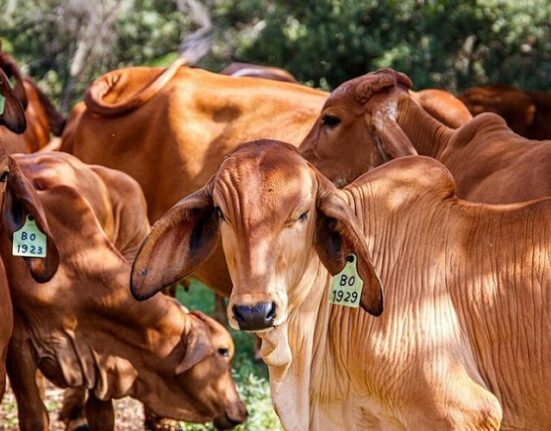Beijing, July 14, 2025 — China’s raw milk sector, once seen as a cornerstone of its agri-food self-sufficiency, has officially bottomed out following three years of persistent price declines and ballooning oversupply. According to leading experts speaking at the 2025 China Dairy Development Strategy Seminar, hosted by the Dairy Association of China, the road to recovery will be long and painful—likely requiring another year for the market to stabilize.
The average price of fresh milk fell 6.5% year-on-year in early July, settling at just CNY 3.04 (USD 0.42 or â‚ą35/litre) across 10 major production provinces, including dairy hubs Inner Mongolia and Hebei. These figures, released by the Ministry of Agriculture and Rural Affairs, mark a continued downward spiral that began in 2022.
“The milk sector has entered the trough phase, but the turnaround will take another 12 months,” said Li Shengli, Chief Scientist at China’s National Dairy Industry Technology System.
📉 The Numbers Tell a Grim Story
From 2023 to 2025, China’s dairy farmers have reportedly suffered losses exceeding CNY 70 billion (USD 9.8 billion). Oversupply has triggered a price crash cycle, where falling prices lead to reduced cattle slaughter rates, exacerbating milk gluts in the off-season and shortages in peak demand months—a pattern that has plagued the industry for over two decades.
In recent months, some stabilization was observed. The daily volume of milk used for spray drying—a process often used to manage excess raw milk—fell to between 5,000 and 6,000 tonnes by mid-May, compared to higher levels last year. But this dip, analysts say, is not enough to confirm recovery.
“Upstream capacity reduction is essential,” Li added. “Subsidies won’t solve the problem. What we need is a structural rethinking of how supply and demand are managed.”
🛠️ Reimagining the Dairy Model: Lessons from the US?
The Chinese dairy sector is now looking westward for solutions. At the seminar, the newly launched “Key Studies on China Dairy Strategic Development” report proposed adopting aspects of the U.S. dairy policy framework, including:
-
Stronger role for agricultural authorities and industry bodies in macro planning
-
Development of a raw milk pricing mechanism that reflects real-time consumption demand
-
Creation of a supply-demand balancing system to mitigate cyclical price volatility
-
Protection of farmer income stability through smart policy interventions
“We need to go beyond short-term stimulus and invest in institutional capacity that can withstand future shocks,” said Song Liang, an independent dairy analyst.
🌍 Global Implications and India’s Watchful Eye
With China accounting for a significant share of global dairy demand, the ongoing crisis holds major implications for international milk powder prices, export volumes, and feed market trends. For India—where milk procurement pricing, farmer margins, and export competitiveness are under the scanner—China’s crisis serves as a cautionary tale.
India’s resilience in dairy comes from its cooperative model, but structural reforms around digital traceability, processing infrastructure, and pricing transparency remain critical if it wants to stay ahead of such cycles.
🧠What Comes Next?
As the Chinese dairy sector braces for another year of turbulence, the message is clear: without macro-level planning, balanced production, and flexible pricing systems, even large-scale milk economies can falter.
For global stakeholders, including policymakers in India, this presents a critical moment to reassess dairy sustainability models, fortify price discovery systems, and develop early warning mechanisms to buffer future supply-demand imbalances.







